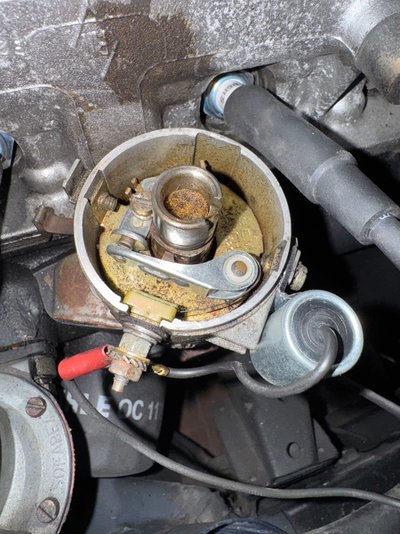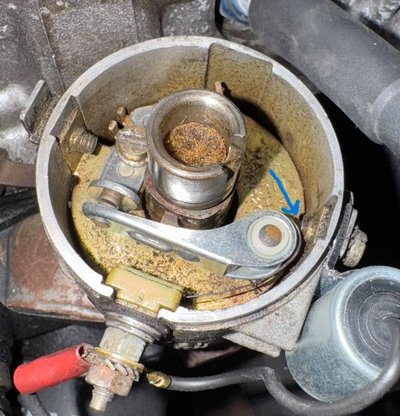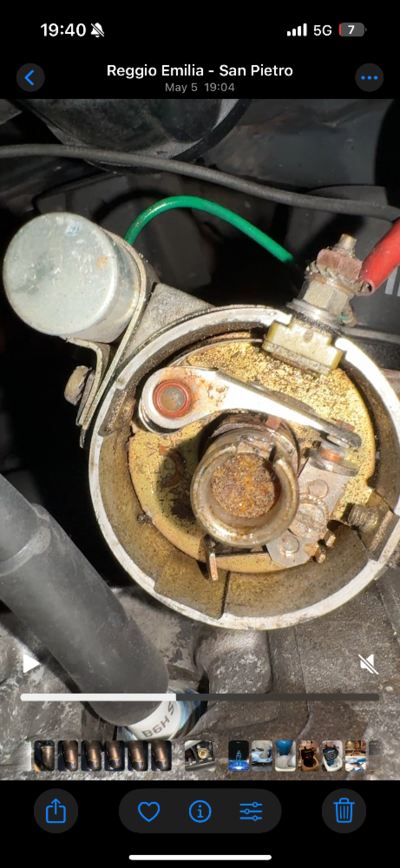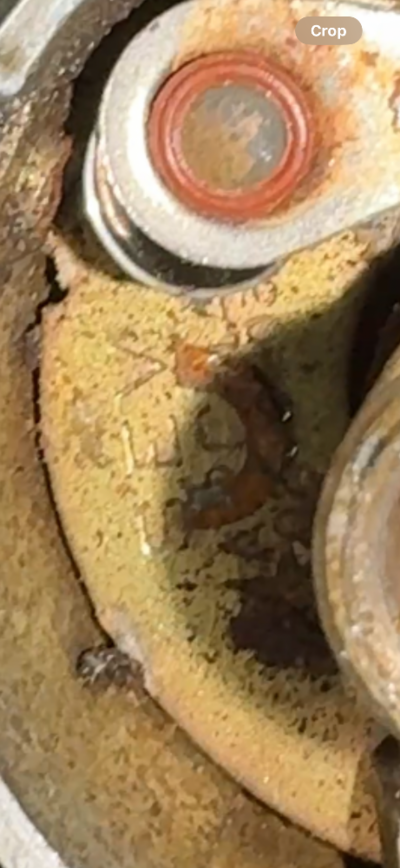Gabriele
Photographer - Automotive Engineering student
- Messages
- 22
- Location
- Reggio Emilia - Italy
hey everyone! the car in question is a 1982 Renault 4 TL (so 845cc 4cyl 4 speed manual, billancourt engine and sev-marchal distributor). the car has got about 180.000km, has been regularly serviced and we just finished restoring it last year.
a couple of weeks ago, I took it out of the garage it sits in during the winter for a little shake off. I had been there repeatedly during the winter to start it up and make sure everything was fine. taking it out, it started up on the first try with a little choke and took me to the grocery store just fine. once there, I parked it, went in, and when I came back out it wouldn't start.
after about 4 hours of fucking around, it somehow started with only 2 cyls, so I brought it back to the garage (very very short trip, less than 500m) and parked it there. it now won't start at all, unsurprisingly.
the engine wasn't getting a spark, so I changed (in this order): spark plugs, distributor head and plug cables, distributor contacts and capacitor, ignition coil. battery is good and engine turns, but it's still not getting a spark so it's not starting. fuses are all good. I checked for continuity and the ignition coil should be getting power.
at this point I have no clue what it could be. my best guess is a random cable went bad and I just can't figure out where it is. any of you guys have a better idea about what it could be?
a couple of weeks ago, I took it out of the garage it sits in during the winter for a little shake off. I had been there repeatedly during the winter to start it up and make sure everything was fine. taking it out, it started up on the first try with a little choke and took me to the grocery store just fine. once there, I parked it, went in, and when I came back out it wouldn't start.
after about 4 hours of fucking around, it somehow started with only 2 cyls, so I brought it back to the garage (very very short trip, less than 500m) and parked it there. it now won't start at all, unsurprisingly.
the engine wasn't getting a spark, so I changed (in this order): spark plugs, distributor head and plug cables, distributor contacts and capacitor, ignition coil. battery is good and engine turns, but it's still not getting a spark so it's not starting. fuses are all good. I checked for continuity and the ignition coil should be getting power.
at this point I have no clue what it could be. my best guess is a random cable went bad and I just can't figure out where it is. any of you guys have a better idea about what it could be?









